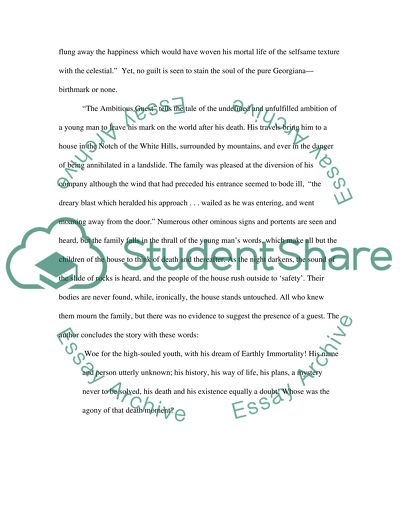Cite this document
(The Whole Earth One Stain of Guilt: Four Tales of Nathaniel Hawthorne Assignment, n.d.)
The Whole Earth One Stain of Guilt: Four Tales of Nathaniel Hawthorne Assignment. Retrieved from https://studentshare.org/literature/1522409-the-whole-earth-one-stain-of-guilt-four-tales-of-nathaniel-hawthorne
The Whole Earth One Stain of Guilt: Four Tales of Nathaniel Hawthorne Assignment. Retrieved from https://studentshare.org/literature/1522409-the-whole-earth-one-stain-of-guilt-four-tales-of-nathaniel-hawthorne
(The Whole Earth One Stain of Guilt: Four Tales of Nathaniel Hawthorne Assignment)
The Whole Earth One Stain of Guilt: Four Tales of Nathaniel Hawthorne Assignment. https://studentshare.org/literature/1522409-the-whole-earth-one-stain-of-guilt-four-tales-of-nathaniel-hawthorne.
The Whole Earth One Stain of Guilt: Four Tales of Nathaniel Hawthorne Assignment. https://studentshare.org/literature/1522409-the-whole-earth-one-stain-of-guilt-four-tales-of-nathaniel-hawthorne.
“The Whole Earth One Stain of Guilt: Four Tales of Nathaniel Hawthorne Assignment”. https://studentshare.org/literature/1522409-the-whole-earth-one-stain-of-guilt-four-tales-of-nathaniel-hawthorne.


